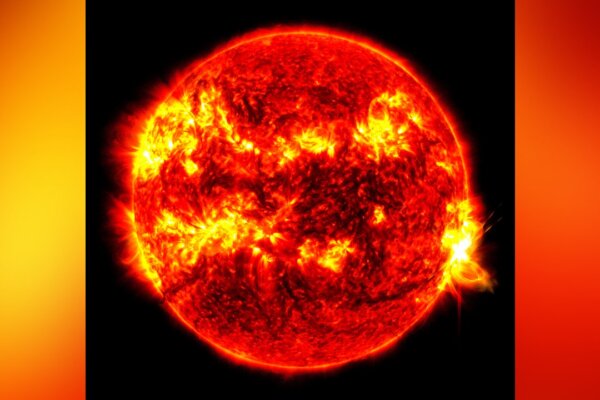
CAPE CANAVERAL, Fla.—On Tuesday, the sun unleashed its most powerful flare in almost 20 years, following a series of intense solar storms that lit up the skies with stunning northern lights in unusual locations.
According to an update from the National Oceanic and Atmospheric Administration (NOAA), this flare marks the largest one of the current 11-year solar cycle, which is nearing its peak. Fortunately, Earth is expected to be spared from any direct impact as the flare occurred on a region of the sun facing away from our planet.
The X-ray flare was captured by NASA’s Solar Dynamics Observatory and is the strongest recorded since 2005, measuring X8.7 on the scale for such events.
Bryan Brasher from NOAA’s Space Weather Prediction Center in Boulder, Colorado, mentioned that further analysis may reveal the flare to be even more powerful than initially thought when additional data is collected from various sources.
Following a week of flares and coronal mass ejections that posed threats to power grids and communication systems on Earth and in space, Tuesday’s flare’s associated ejection seems to have been aimed away from Earth, although investigations are ongoing.
NASA reported that the recent geomagnetic storm caused one of its satellites to enter a protective hibernation mode due to reduced altitude caused by space weather, and advised the astronauts aboard the International Space Station to remain in areas with strong radiation shielding as a precaution. Despite these events, the crew was never in any immediate danger, NASA assured.
By Marcia Dunn





